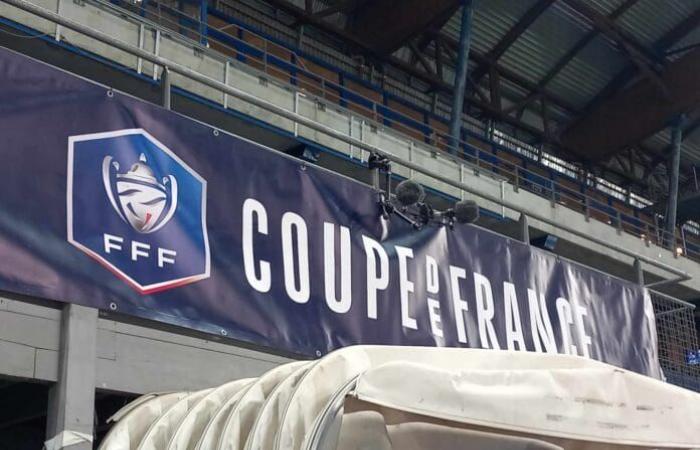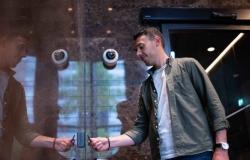Eliminated on the field, US Crépy-en-Valois and USSA Vertou sent a complaint to the FFF about possible irregularities on the part of their opponents.
“Head to Bastia for the Blackos of Mayotte! The team flies off with the delegation and a few personalities, including the Mayor of Tsingoni. » This Monday afternoon, the Black Devils of Combani posted a message on their Facebook page to warn that their flag team was taking a plane to Corsica where they are due to play this Tuesday evening (8 p.m.) against USC Corte in the eighth round of the French Cup. But will the match take place? Not so sure…
This Monday, US Crépy-en-Valois (R3), eliminated by the Mahorais on Saturday 7e round (0-0, 2-4), sent a complaint to the FFF concerning possible false medical certificates. “Date, signature, everything is the sameexplains the Crépy treasurer to France TV. It's cheating, it's very serious. » The Oise club's accusations concern three players. “We do not understand this relentlessness, these are defamatory remarksdenies Rachadi Said, the vice-president of the Black Devils. It's small of them. » So will the match be postponed? The Federal Settlement and Litigation Commission (CFRC) must make a decision during the day.
Vertou or Saint-Philbert-de-Grand-Lieu to go to Reunion?
Eliminated on penalties in La Rochelle against Etoile Maritime (R2), USSA Vertou (N3) also sent a complaint concerning the medical certificate of a Charente player. This indeed includes the mention “the practice of leisure football” or the place of “the practice of competitive football”. But the Loire-Atlantique club has also made a request for discussion concerning several players. This is particularly the case of a player who arrived from a Parisian club this summer but whose license does not bear the transfer stamp.
According to our information, Etoile Maritime disputes all of the Vertavians' accusations. A complete file on the incriminated players was sent back to the FFF. This is a special procedure because Vertou was likely to leave for Reunion in the event of qualification. And it is its neighbor Saint-Philbert-de-Grand-Lieu (N3) which inherited the trip to the Indian Ocean. “Players have already discussed with their employers about taking their leave next week, some of them without pay” indicates Patrice Gautier, the phillibertine co-president on France Bleu. The FFF asked the two clubs to provide it with a list of players for plane tickets. The CFRC should also make a decision during the day. But there will always be a possibility of appealing the decision.


The latest articles by Jérome Bouchacourt (see all)
France









